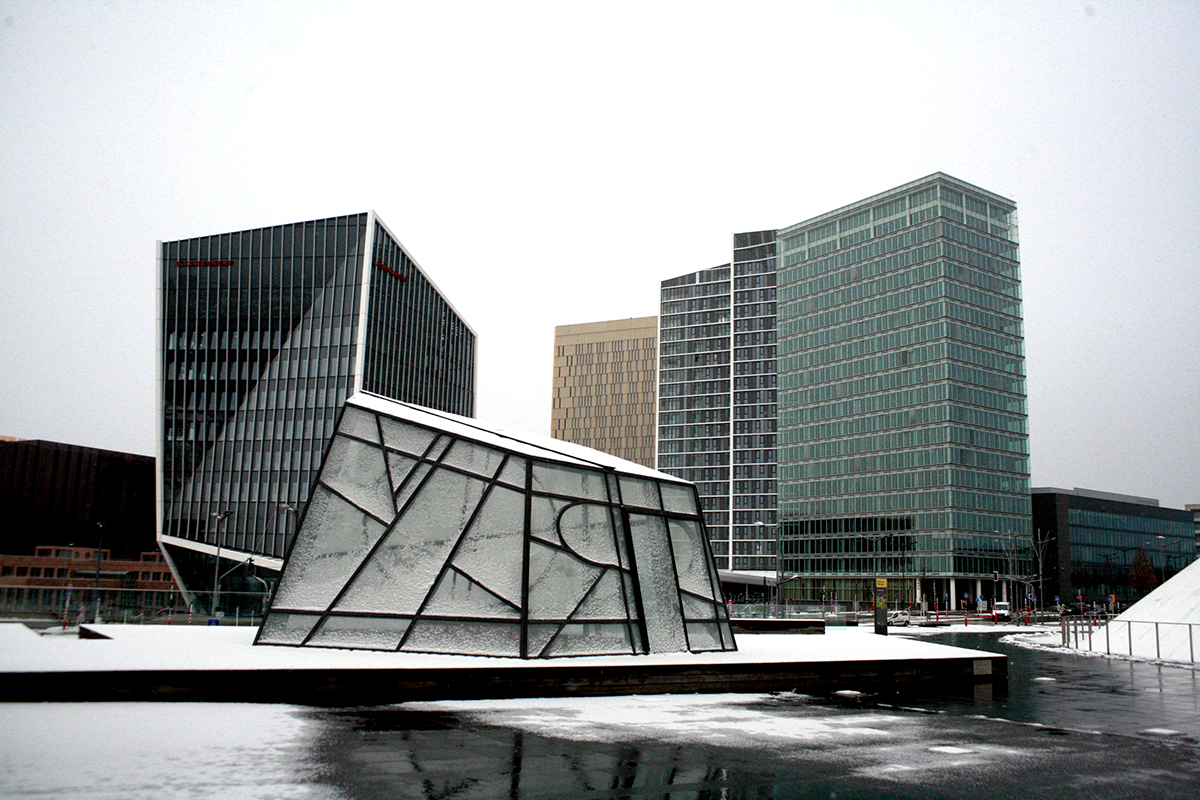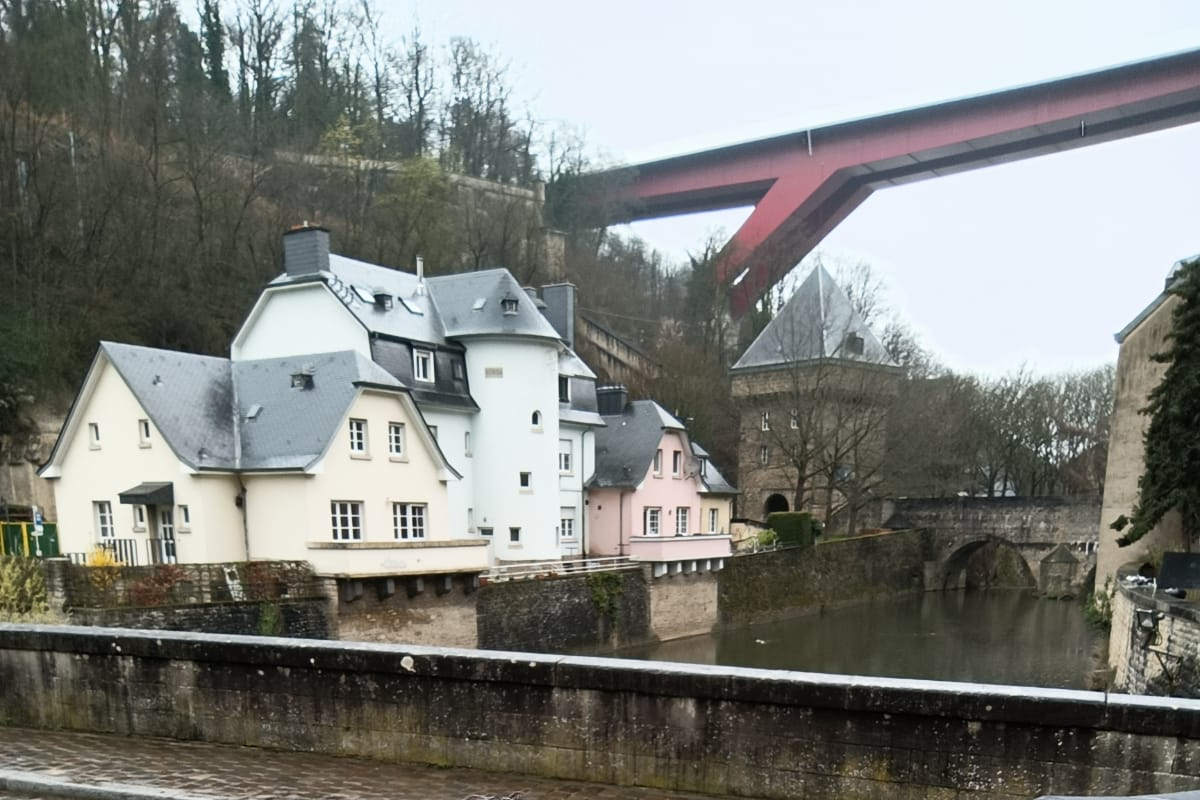Currently living in Luxembourg City
Luxembourg is one of the smallest countries, lovely and comfortable to live in

Kirchberg, Luxembourg city
Its prosperity is deeply rooted in its history, with the steel industry driving its economic growth in the last century, and the financial sector playing a pivotal role in its contemporary success.
As the city evolves, the urbanization of Kirchberg, unfolds. Kirchberg's selection as an urban hub was influenced by its affordable land prices, strategic proximity to the city center, and accessibility to the airport. Notably, the architecture gracing the Kirchberg plateau is a testament to modernity, reflecting the city's dedication to innovation in both design and function.
Luxembourg proudly houses one of the world's most ambitious photography exhibitions
Curated by the renowned Edward Steichen, "The Family of Man" features a remarkable collection of 503 photographs sourced from 68 countries.
This iconic exhibition initially graced the walls of the New York Museum of Modern Art (MoMA) from January 24 to May 8 in 1955. Following its New York debut, it embarked on an eight-year world tour, drawing record-breaking audiences.
Edward Steichen aptly captured the exhibition's allure when he remarked that people "looked at the pictures, and the people in the pictures looked back at them, and they recognized each other."
In the heart of the town, a bridge painted in fiery red stands as an icon

The Grand Duchess Charlotte Bridge
it's more affectionately called the Red Bridge due to its vibrant hue. It's a testament to how this bridge, initially met with skepticism and unease, played a significant role in shaping our town's history.
This modern structure was the brainchild of Egon Jux and opened its gates in 1966. Yet, from its very inception, it was met with mixed reactions. The townsfolk, accustomed to the charm of their old town, found the Red Bridge too contrasting and avant-garde. Its bold color, a departure from tradition, didn't quite sit well with the conservative sensibilities of the era.
Regrettably, the bridge's notoriety doesn't end with its unconventional color. Tragically, it became associated with a series of suicides as individuals leaped from its heights into the depths of the Pfaffenthal below. The stories of these desperate acts haunted the town.
Rumors swirled about the architect, Egon Jux. In the wake of these heartbreaking events, he chose to give up his career and adopted a humble life on the streets, a clochard refusing to pursue his architectural ambitions. It was a symbol of the profound impact this bridge had on the town and its people.
The bridge and its haunting history caught the attention of Luxembourgish film director Geneviève Mersch. She delved deep into the lives of families living beneath the Red Bridge, capturing their daily struggles and the dark secrets they uncovered in their gardens. Her documentary, "Le Pont Rouge," released in 1991, brought this eerie narrative to the world stage, resonating with audiences far and wide.
In response to the film and the tragedies that had befallen the bridge, the Luxembourgish government took action. A year later, they decided to erect security barriers made of Plexiglass, a somber reminder of the bridge's complex legacy. The Red Bridge is no longer just an architectural marvel; it's a symbol of resilience, change, and the ever-evolving story of our town.